5 Smoky, Spicy, and Flavor-Packed Mexican Chile Varieties You Need to Try Today!
If you're a spice lover or just curious about adding some heat to your cooking, you've probably heard the term Mexican chile floating around. But what exactly does it mean? In Mexico, 'chile' refers not only to the plant itself but also to the wide variety of peppers used across its cuisine — from fresh to dried, sweet to searingly hot.
In this article, we'll dive into five of the most popular Mexican chile types, each with its own personality, flavor profile, and culinary uses. Whether you're a pro chef or a home cook looking to jazz up your dishes, this guide will help you navigate the wonderful world of chile mexican.
Table of Contents
- Why Mexican Chiles Are So Unique
- Top 5 Mexican Chiles Every Spice Lover Should Know
- Flavor & Heat Comparison Table
- How to Use These Chiles in Your Kitchen
- Buying Guide: Where and How to Find Authentic Mexican Chiles
- Conclusion: Spice Up Your Life with Mexican Chiles
Why Mexican Chiles Are So Unique
Mexico is considered the birthplace of domesticated chile peppers, and over thousands of years, indigenous peoples have cultivated hundreds of varieties. Each region in Mexico has developed its own signature chile-based sauces and preparations, making the country’s pepper culture one of the richest in the world.
What makes Mexican chiles so special? Here are a few reasons:
- Complex flavors: Unlike many other global cuisines that focus on either heat or flavor, Mexican chiles often deliver both. Think smokiness, sweetness, earthiness, and more — all in one bite.
- Diverse forms: Many Mexican chiles are used in both fresh and dried forms, which dramatically changes their taste and texture.
- Versatile applications: From salsas and moles to stews and desserts, Mexican chiles are incredibly adaptable in the kitchen.
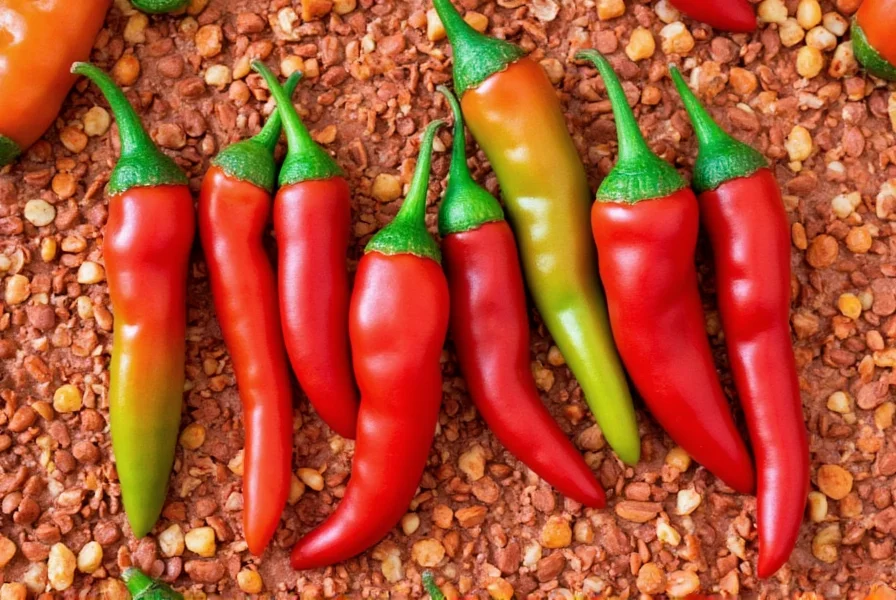
Top 5 Mexican Chiles Every Spice Lover Should Know
Ready to explore the stars of Mexican spice? Here's our list of five must-try Mexican chiles — each with unique characteristics and uses.
Ancho Chile
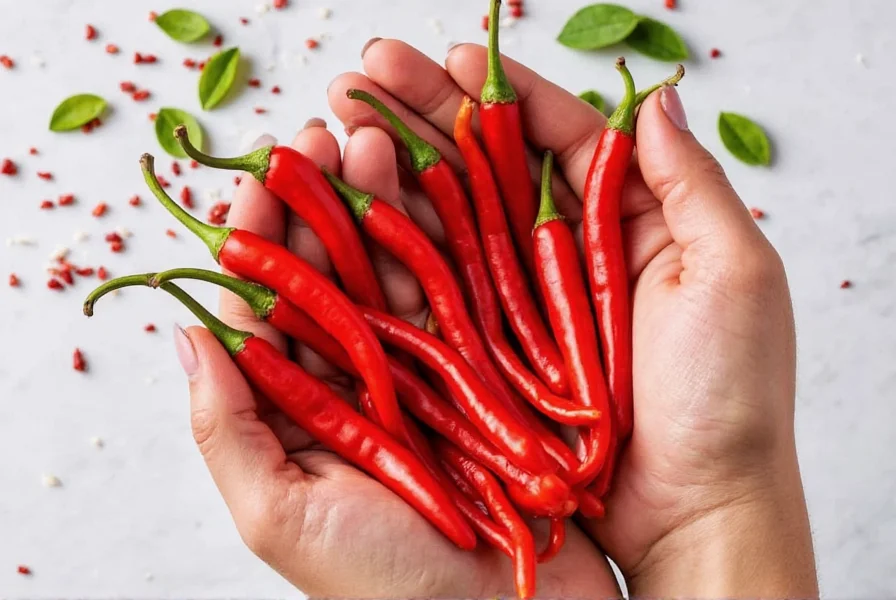
The ancho chile is simply a dried poblano pepper. It's known for its deep red color, wrinkled skin, and rich, slightly sweet flavor with notes of dried fruit and coffee.
- Heat level: Mild (1,000–2,000 SHU)
- Best for: Mole sauces, soups, rellenos
Guajillo Chile
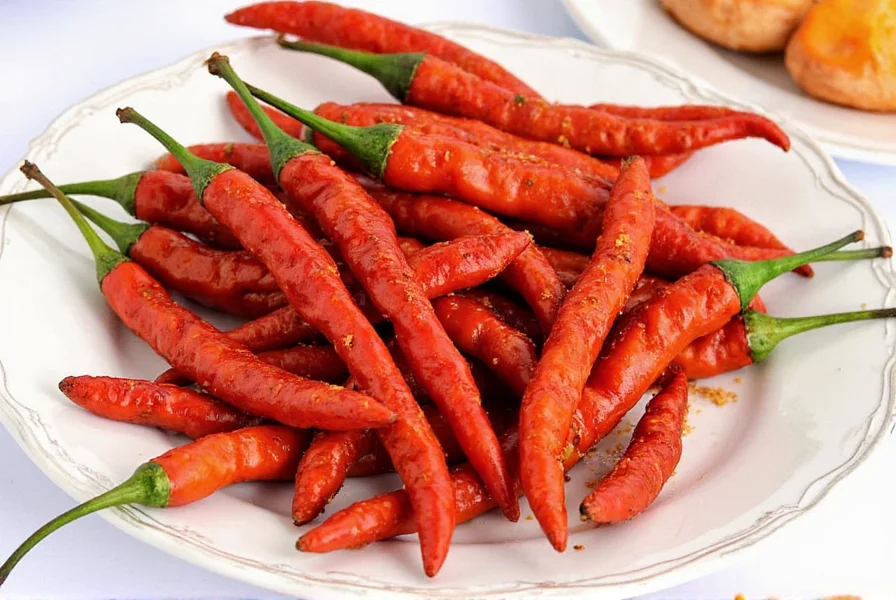
A long, thin red chile with a bright, tangy flavor and moderate heat. Guajillos are commonly used in adobos, marinades, and red sauces.
- Heat level: Medium (2,500–5,000 SHU)
- Best for: Salsas, tacos al pastor marinade, pozole
Pasilla Chile
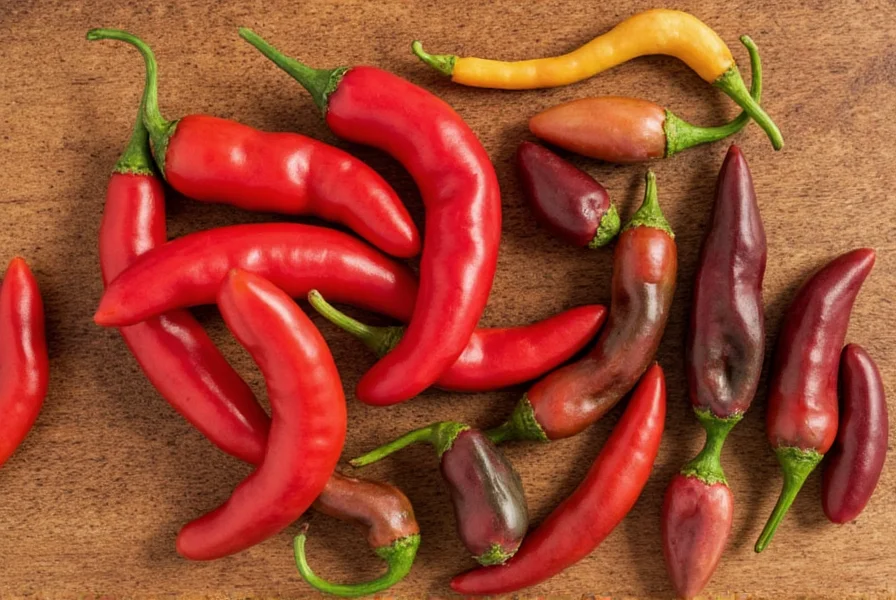
Often confused with poblano peppers, pasillas are actually dried chilaca peppers. They’re dark brown to black in color and have a deep, earthy, almost raisin-like flavor.
- Heat level: Medium-hot (2,500–4,000 SHU)
- Best for: Enchilada sauces, tamales, and moles
Chipotle Chile
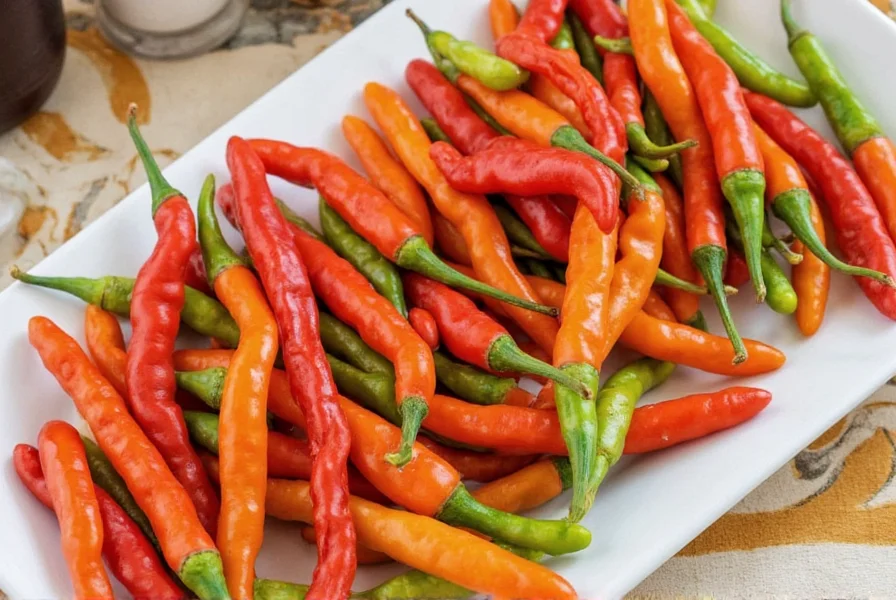
Smoked and dried jalapeño peppers, chipotles bring bold, smoky heat to any dish. Their distinctive flavor comes from slow smoking over wood fires.
- Heat level: Medium to hot (5,000–10,000 SHU)
- Best for: Salsas, soups, braises, and even mayonnaise
Hatch / Jalapeño Chile (Fresh vs. Dried)
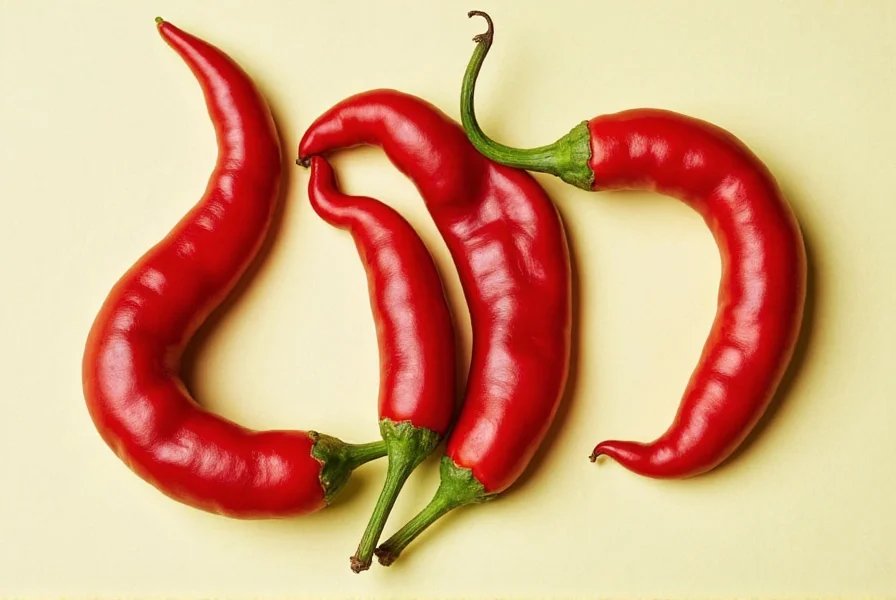
While technically not exclusive to Mexico, jalapeños (especially those grown in Hatch, New Mexico) play a big role in Mexican-American cuisine. Fresh jalapeños offer crisp, green heat, while smoked ones become chipotles.
- Heat level: Mild to medium (2,500–8,000 SHU depending on maturity)
- Best for: Tacos, nachos, stuffed poppers, salsas
Flavor & Heat Comparison Table
| Chile Type | Heat Level (SHU) | Flavor Profile | Common Uses | Form |
|---|---|---|---|---|
| Ancho | 1,000–2,000 | Sweet, fruity, deep | Moles, rellenos, soups | Dried |
| Guajillo | 2,500–5,000 | Tangy, tea-like | Salsas, adobo, marinades | Dried |
| Pasilla | 2,500–4,000 | Earthy, raisiny, herbal | Enchilada sauce, moles | Dried |
| Chipotle | 5,000–10,000 | Smoky, bold, spicy | Soups, salsas, sauces | Dried (smoked) |
| Jalapeño | 2,500–8,000 | Crisp, grassy, peppery | Nachos, salsas, tacos | Fresh or pickled |
How to Use These Chiles in Your Kitchen
You don’t need to be a professional chef to enjoy these amazing ingredients. Here are some practical tips to get started using Mexican chiles at home:
Soak Before Using
Most dried chiles need to be rehydrated before they can be blended into sauces. Simply soak them in hot water for 20–30 minutes until soft, then drain and blend with garlic, onion, vinegar, or broth as desired.
Toast for More Flavor
Lightly toasting dried chiles in a dry skillet enhances their depth of flavor. Be careful not to burn them — a minute or two per side should do the trick.
Make Your Own Adobo Sauce
Want that famous chipotle-in-adobo flavor without buying canned versions? Blend soaked and toasted chipotles with vinegar, garlic, cumin, and a touch of sugar for a homemade version.
Use Fresh Chiles Raw or Roasted
Jalapeños, serranos, and poblanos can all be used fresh. For deeper flavor, roast them under a broiler or directly over a flame, then peel off the skins before chopping or slicing.
Add Heat Gradually
Especially if you're new to working with chiles, start small. You can always add more heat later, but once too much is added, there's no going back.
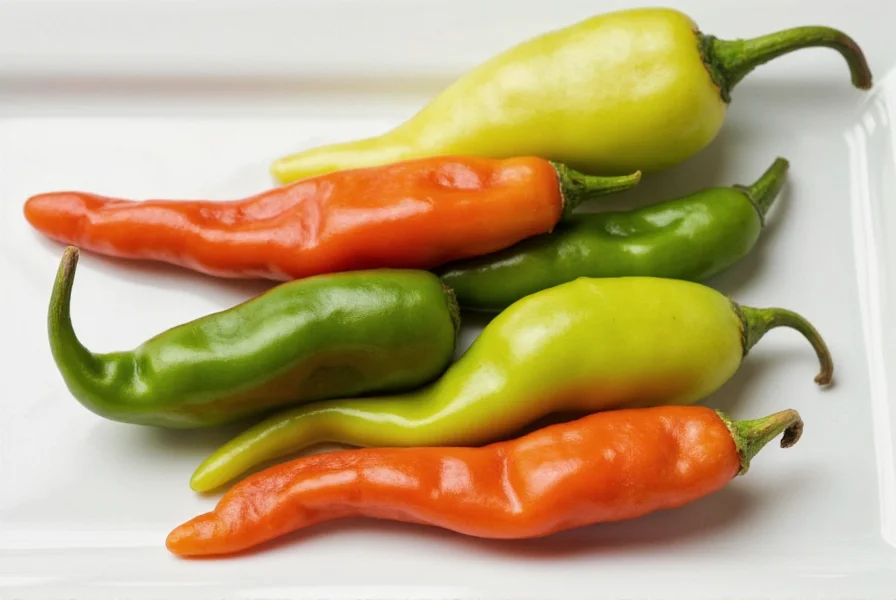
Buying Guide: Where and How to Find Authentic Mexican Chiles
Whether you're shopping online or hitting your local grocery store, knowing where to find quality Mexican chiles is key to unlocking authentic flavors. Here’s how to make smart choices:
Local Latin Markets
Your best bet for high-quality, authentic Mexican chiles is a Latin American grocery store. These shops usually carry a wider selection than mainstream supermarkets, including regional specialties like chiles de árbol or mulato.
Mainstream Supermarkets
Most well-stocked supermarkets now carry basic dried chiles like guajillos, anchos, and chipotles in the international or spice aisle. Look for plump, unbroken peppers — avoid brittle or discolored ones.
Online Retailers
Websites like Amazon, Penzeys, or specialty spice shops offer a range of Mexican chiles. Always check reviews and look for reputable sellers who source from trusted growers.
Frozen and Pickled Options
If you prefer fresh chiles, look for frozen whole or sliced chiles in the freezer section. Pickled jalapeños are also widely available and perfect for tacos, sandwiches, and snacks.
Organic vs. Conventional
Since chiles are often used with their skins intact, choosing organic is recommended to avoid pesticides. However, conventional options are still perfectly safe and tasty if washed thoroughly.
Storage Tips
- Dried chiles: Store in a cool, dark place in an airtight container for up to a year.
- Fresh chiles: Keep in the fridge crisper drawer for up to two weeks.
- Roasted/frozen chiles: Freeze in zip-top bags for easy future use.
Conclusion: Spice Up Your Life with Mexican Chiles
From smoky chipotles to sweet, earthy anchos, Mexican chiles are more than just spices — they're flavor powerhouses that define a cuisine. By understanding the different varieties and how to use them, you can elevate your cooking and impress anyone at the dinner table.
Whether you're crafting a traditional mole, spicing up a weekday stir-fry, or experimenting with DIY salsas, there’s a Mexican chile out there waiting for you. Start small, experiment boldly, and don't forget to enjoy the journey through fire and flavor!
Now that you’ve got the basics down, go ahead — grab a bag of dried chiles, a cutting board, and your blender. The next great dish is just a chile away.
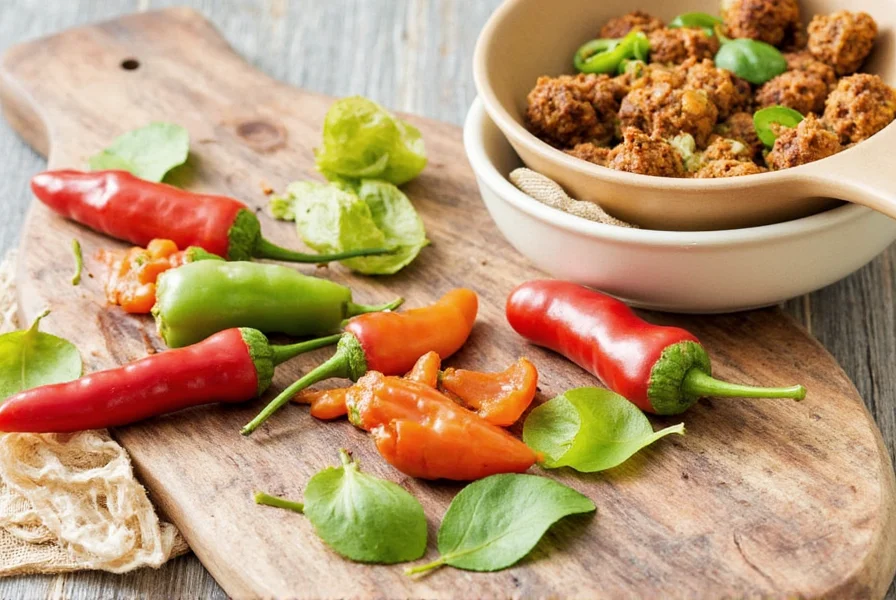

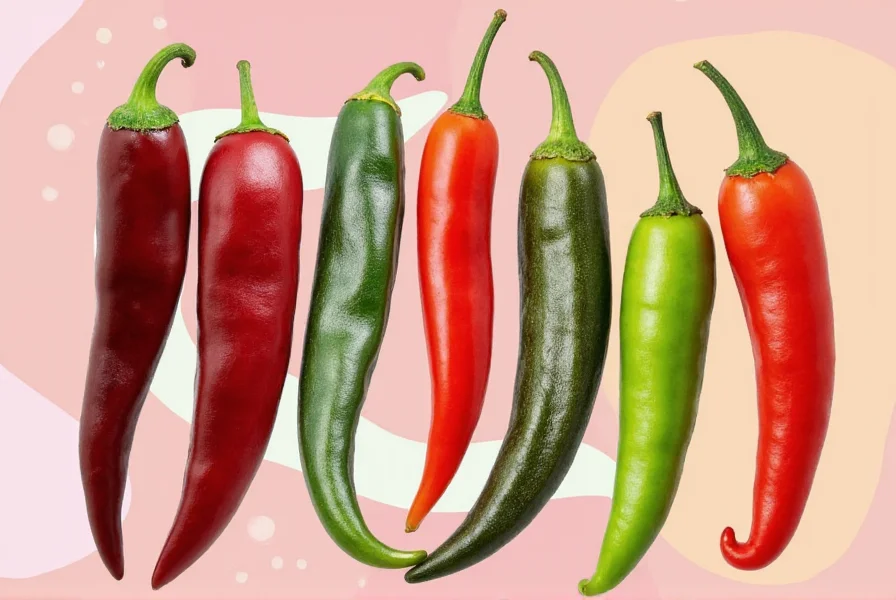









 浙公网安备
33010002000092号
浙公网安备
33010002000092号 浙B2-20120091-4
浙B2-20120091-4